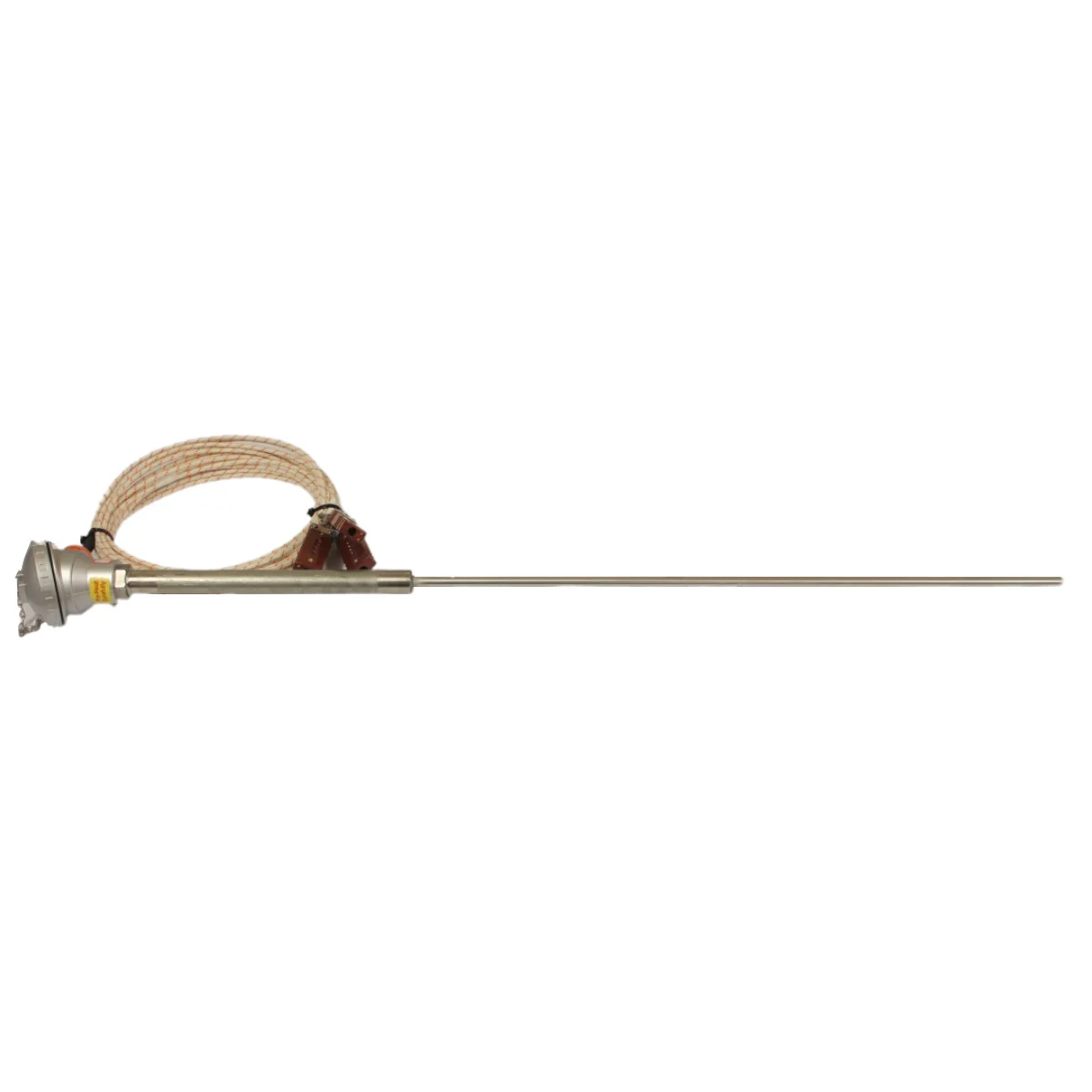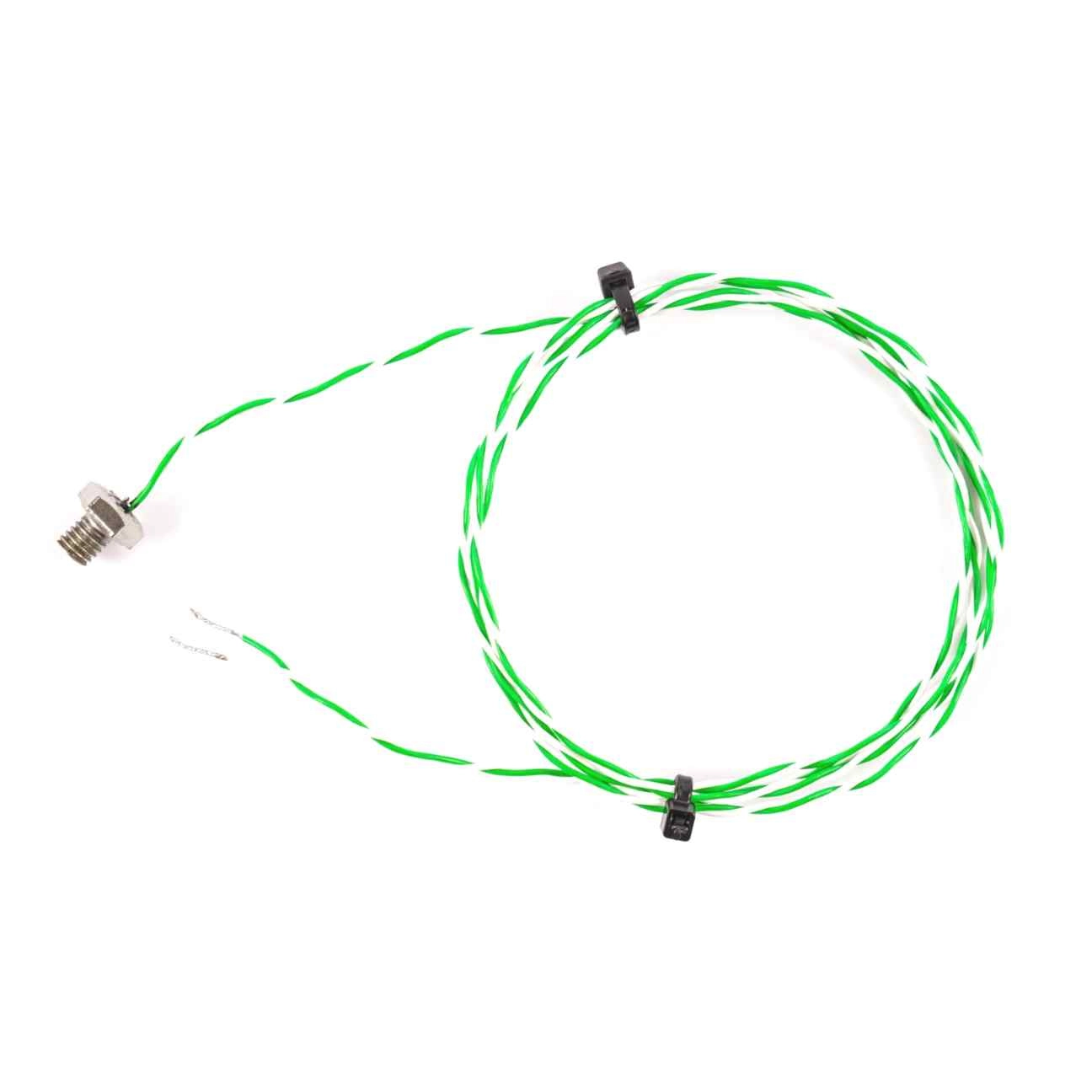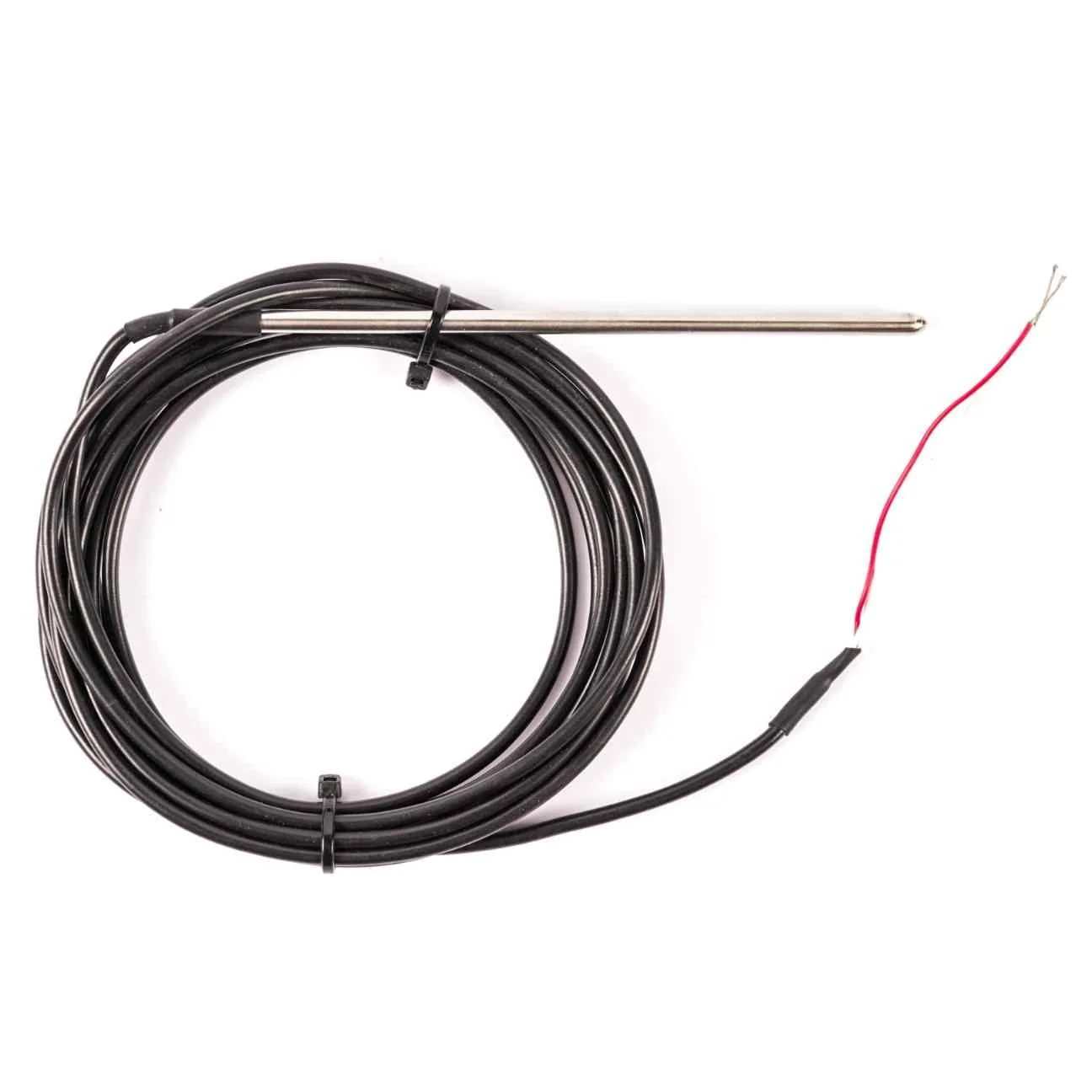What Is Temperature Probe Calibration?
TL;DR — Quick Summary
Temperature probe calibration is the process of verifying that a temperature sensor is reading accurately by comparing it against a known reference or higher-accuracy standard. Proper calibration ensures sensor readings are within defined tolerances, maintaining process quality, safety, and reliability.
Overview
Temperature sensors, such as thermocouples, RTDs, and thermistors, can drift over time or during use. Calibration checks the sensor’s output against a reference standard and identifies any deviation.
Calibration is essential for:
- Industrial process control
- Laboratory and scientific applications
- Ensuring compliance with quality standards
Types of Temperature Sensor Calibration
- UKAS-Accredited Calibration
- Conducted by laboratories accredited by UKAS (United Kingdom Accreditation Service)
- Provides the highest level of confidence and traceability
- Often required for regulatory or contractual compliance
- Traceable Calibration
- Calibration with an unbroken chain of documentation back to national temperature standards
- Frequently acceptable for many industrial and commercial applications
Stages of Temperature Probe Calibration
- Batch Calibration of Cable and Wire
- Test at start and end points to check for variations along its length
- Sample Sensor Calibration
- Test a representative sample of manufactured sensors to ensure consistency
- Individual Sensor Calibration
- Calibrate each sensor to ensure all units meet desired accuracy limits
Calibration Method
- The sensor under test is compared with a reference sensor or instrument of higher accuracy
- Sensors are tested at multiple temperature points within their operating range
- Traceable calibration usually involves 3–5 points
- UKAS calibration can include many more points for greater precision
- A calibration certificate is provided showing any deviations from the reference
Why Calibrate Temperature Sensors?
- Ensures accuracy and reliability of readings
- Maintains process control and product quality
- Reduces costs and risk from incorrect measurements
- Supports regulatory compliance where required
FAQs
Q1: How often should temperature sensors be calibrated?
Calibration frequency depends on sensor type, usage, and process criticality. Commonly, sensors are recalibrated annually or per manufacturer guidelines.
Q2: What is the difference between UKAS and Traceable calibration?
UKAS calibration is officially accredited and often required for regulatory purposes, while Traceable calibration links measurements to national standards but without formal accreditation.
Q3: Can I calibrate my sensors in-house?
Minor checks can be done in-house, but for official documentation and high-accuracy applications, it’s recommended to use UKAS or traceable calibration services.
Q4: What happens if a sensor is not calibrated?
Uncalibrated sensors can drift, leading to inaccurate readings, reduced process control, increased waste, and potential safety risks.
View our temperature sensors
If you want to order a temperature sensor or you are unsure exactly what you need, get in touch and we can help you.




